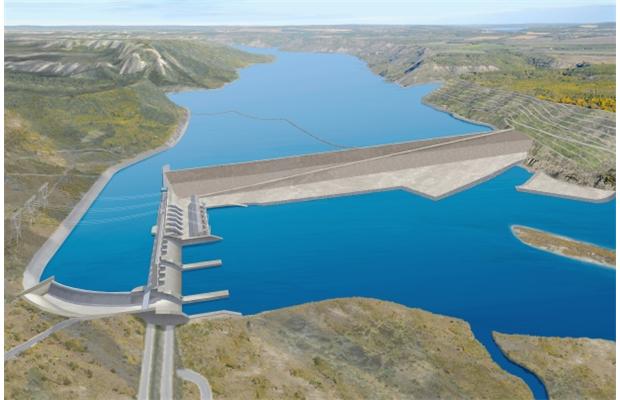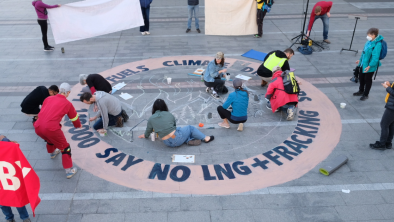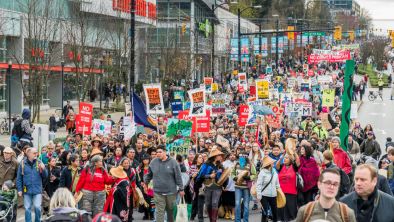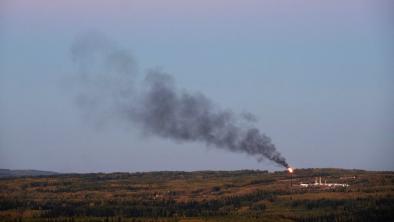BC Hydro’s Site C dam proposal puts Peace River at top of endangered rivers list
Sunday, April 07, 2013
Vancouver Sun

The Peace River — site of a contentious, planned third BC Hydro dam — has been named the most endangered river in the province for 2013 by the 100,000-member Outdoor Recreation Council of B.C.
The lower Fraser River ranked second on the council’s annual list due to urbanization, industrial development, and habitat loss, while the Elk River in southeastern B.C. ranked number three based on development, coal-related chemical levels, and wildlife migration issues.
Mark Angelo, the council’s rivers chair, said the environmental impacts of the Site C hydroelectric dam would include loss of important wintering wildlife habitat, recreational values, aboriginal and historic sites, and class-one agricultural land.
The council also cites widespread local opposition to the dam, including from aboriginal groups, and the $7.9-billion cost to a Crown corporation already mired in debt and with more than enough power to meet existing domestic needs.
“If you look at the whole picture, the case for a Site C dam has largely vanished,” Angelo argued in an interview. “It’s difficult under the current scenario for anyone to justify it.”
Of the suggestion that the power is needed for proposed liquefied natural gas plants, Angelo said that “to build Site C just to support a possible future LNG plant would be a huge environmental and economic subsidy.”
NDP energy critic John Horgan agreed that domestic needs do not currently justify the Site C project, but said one cannot rule out its necessity in decades to come. That is why he believes the environmental assessment process should continue so that the public will know the true tradeoffs of proceeding with the proposal.
“I’m often pushed to just say no, but I don’t believe that’s responsible,” Horgan said.
He said that before making any decision it is important for BC Hydro to complete an Integrated Resource Plan, offering a 20-year plan for meeting future growth in demand for electricity.
BC Hydro proposes to construct an earthfill dam 1,050 metres long and 60 metres high, a 1,100-megawatt generating station, an 83-kilometre reservoir, realignment of four sections of Highway 29, and two 77-kilometre transmission lines connecting Site C to the existing provincial power grid. Site C is downstream of two existing dams — WAC Bennett and Peace Canyon, completed in 1967 and 1980, respectively.
The period for written comment on BC Hydro’s environmental impact statement ended April 4. A three-member Joint Review Panel is expected to be appointed by the federal and provincial environment ministers this summer.
Angelo said he is dismayed that at a time when rivers need greater protection from human activities, Ottawa has weakened federal river-related legislation, such as the Fisheries Act and the Navigable Water Protection Act.
At the provincial level, he said he is looking forward to a long-awaited modernization of the century-old Water Act that would ensure that any decisions relating to the allocation and extraction of water would take into account the long-term needs of people and fish, and not just the short-term needs of resource development and extraction.
He also urged the province to recognize that some rivers with exceptional natural and recreational values such as Tamahi Creek, a popular padding spot and tributary of the Chilliwack River, should be “no-go zones” for independent run-of-river power projects.
Photo: Artist rendering of the proposed Site C hydro dam, about seven km southwest of Fort St. John


